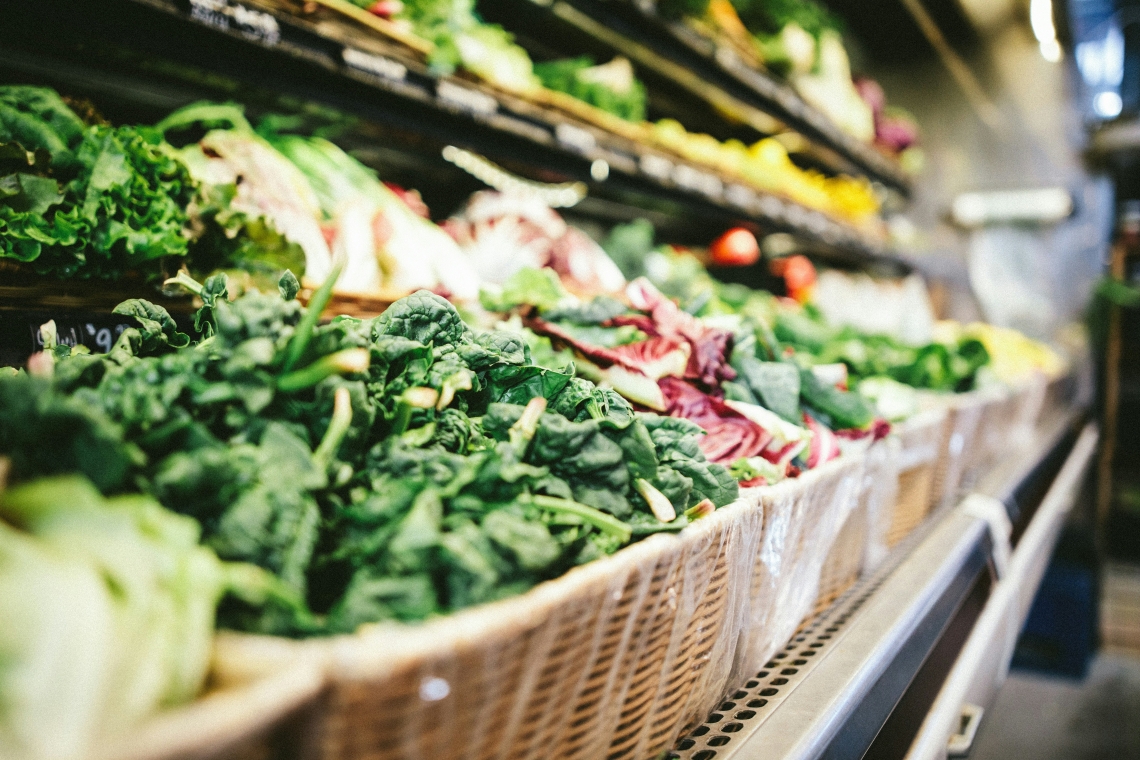
Each month, our Project Open Hand Nutrition Team creates a new menu for clients, which includes a section dubbed the “menuback” that includes information on different nutrition and health topics such as calcium, prediabetes, and stocking a healthy pantry on a budget. For October’s menuback, learn about tips and strategies to reduce food waste from Project Open Hand’s Registered Dietitian, Ryan Farquhar.
One of the most pressing issues in the kitchen is food waste. About 120 billion pounds of food are wasted each year, costing households an average of ~$1,600 per year in wasted produce. (This can be even higher in some cities due to things such as humidity!) Here are some tips and strategies to reduce food waste while saving that money:
Economic Benefits
Utilizing all parts of produce can lead to significant cost savings because it reduces the need to buy additional ingredients. For instance, beet greens, often discarded, can be sautéed or added to soups and salads. Similarly, carrot tops can be used as a base to make pesto sauce for pasta. By making the most out of every part of your produce, you can stretch your grocery budget further.
Culinary Creativity
Potato peels can be transformed into crispy chips, and overripe fruits can be baked into delicious breads or muffins. By using all parts of produce, you can experiment with new recipes. This practice not only helps in reducing waste but also allows you to try new flavors and textures with items that may have once been thrown away. Exploring recipes that incorporate less commonly used parts of vegetables can be a fun and rewarding experience.
Nutritional Value
Some of the produce parts we discard are also rich in nutrients. For example, beet greens are packed with vitamins A, C, and K, as well as minerals like calcium and iron. Similarly, cauliflower leaves are high in fiber and antioxidants. By incorporating these parts into our diets, we can enhance our nutrition and make the most of the food we buy.
Practical Tips for Reducing Waste
- Plan Meals: Create weekly meal plans that utilize various parts your produce. For example, plan to use green onion leaves to add on top of noodles for a mild onion flavor, and also add the green onion bulbs to another dish that needs a stronger flavor, like stir fry.
- Storage Solutions: Make sure to store items in the fridge or on the counter appropriately to prevent mold or over-ripening. Items that are getting too ripe can be frozen to keep them fresh longer. You can also store vegetable or meat scraps in the freezer until you have enough to make a broth or soup.
- Recipe Exploration: Look for recipes specifically designed to use vegetable scraps or less common parts of produce. For example, you can also use overripe banana peels in your banana bread if you want a stronger banana flavor.
- Composting: If you cannot use all parts of your produce, consider adding the items to a composting bin so the food will be used to make better soil for growing more food.
By adopting these practices, you can make a significant impact on reducing food waste. Not only will this contribute to a healthier planet and save money, but it will also add some new variety to your dishes. The next time you prepare a meal, think twice before discarding produce parts—they might just be the key to a more sustainable and cost-effective kitchen.
Tip to start: If you are carving pumpkins this Halloween, try cooking with the pumpkin seeds!
--------------------------------
Ryan Farquhar is a Registered Dietitian based in our Oakland Grocery Center. Ryan loves helping clients to learn about nutrition recommendations for their health conditions. In addition to his work as an RD, Ryan is the primary filmmaker for Project Open Hand’s Nutrition Kitchen YouTube channel, which works with Stop Food Waste to promote sustainable food practices.
